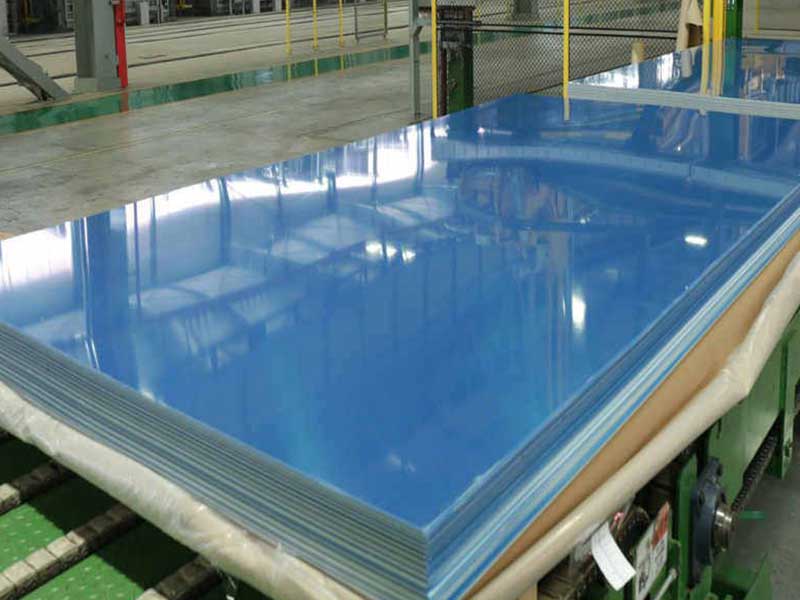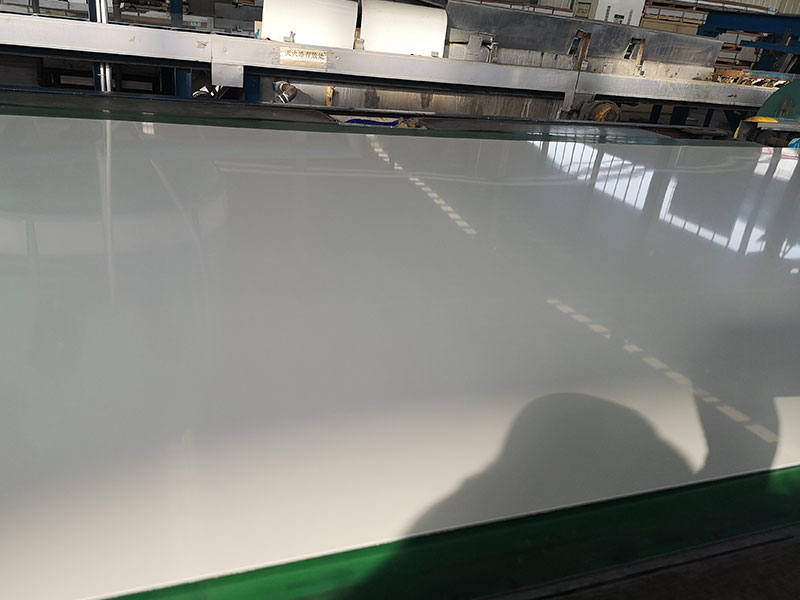Aluminum Sheet 1100 1050
Aluminum Sheet 1100 vs 1050: Their Functions and Applications
When it comes to selecting the perfect aluminum sheet for your project, grades 1100 and 1050 is know as among the most versatile and widely utilized options in the industry. While both belong to the 1xxx series renowned for exceptional purity and corrosion resistance, subtle differences make each grade uniquely suited for specific functions and applications.
Technical Overview
Aluminum Sheet 1100 is composed of at least 99.0% pure aluminum, making it an almost commercially pure material. Its balanced strength and excellent workability enable deep drawing, bending, and welding without sacrificing integrity. The sheet boasts superior corrosion resistance due to the natural oxide layer forming uniformly across the surface. Typical tensile strength falls around 110 MPa, with excellent ductility and a great surface finish, often used when good mechanical properties and deep-forming ability are required.
On the other hand, Aluminum Sheet 1050 contains slightly less aluminum content—minimum 99.5% pure—but its mechanical and chemical properties remain very close to the 1100 grade. This slight purity difference provides good electrical conductivity and workability but with somewhat lower strength, around 95 MPa in tensile strength.
Functional Nuances
The inherent purity of both sheets lends itself beautifully to applications that prioritize corrosion resistance and formability rather than high strength. However, 1100 aluminum sheet’s superior tensile strength and slightly better hardness typically make it the preferred choice for structural components requiring moderate resilience. Both grades maintain excellent thermal and electrical conductivity, with 1050 sometimes favored in applications like electrical and electronic equipment because of its slightly enhanced conductivity.
Both sheets can be anodized easily, improving surface hardness and corrosion resistance, which extends component life in environments ranging from aerospace to consumer goods manufacturing.
Applications
Aluminum Sheet 1100 finds extensive use in:
- Fluid handling tanks and pipes owing to corrosion resistance.
- Architectural applications such as siding and roofing.
- Food and chemical processing industries where non-toxic, corrosion-resistant materials are critical.
- Decorative and interior design layers requiring excellent surface finish and light reflectivity.
- Signage and nameplate production due to paint adhesion compatibility.
Aluminum Sheet 1050’s typical uses include:
- Electrical bus bars and wiring components for its conductivity.
- Reflectors, lighting equipment requiring bright finishes.
- Roofing and siding in areas where extreme strength is less critical but weather resistance is key.
- Food packaging such as foil wraps—often requiring supple textures and clean metal quality.
- Components in appliances and furniture with less complex structural demands.
https://www.aluminumplate.net/a/aluminum-sheet-1100-1050.html







